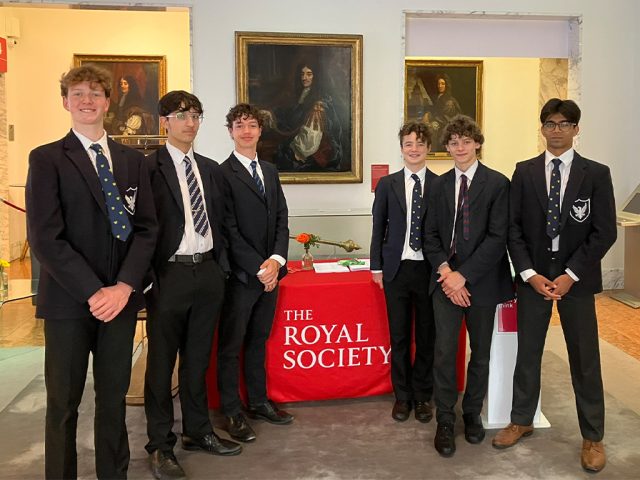"Chief Constable Rodenhurst's unusual retirement sparks debate: Bedfordshire weighs the impact on trust, finances, and police reform. Can experience and innovation co-exist?"
In a remarkable achievement, nine Bedford School boys showcased their pioneering research on snowdrop DNA at The Royal Society’s annual Summer Science Exhibition in London. Their year-long project, conducted through the Royal Society Partnership Grants Scheme, represents a significant contribution to botanical science and displays a collaboration between educational institutions and leading scientific organisations.
Unraveling Snowdrop DNA

The innovative project saw Bedford School partnering with Rothamsted Research and the European Bioinformatics Institute (EMBL-EBI) to carry out the first-ever research using DNA barcoding to uncover relationships between different species of snowdrops. This groundbreaking endeavor aimed to understand how various snowdrop species have evolved from a common ancestor by studying DNA sequence similarities and differences.
Fieldwork and Laboratory Analysis
The ambitious research journey took the boys to The National Trust’s Anglesey Abbey, where they worked alongside experts to identify and gather different types of snowdrop species. Subsequently, they continued their investigation at the state-of-the-art science laboratories at the Wellcome Sanger Institute. Here, they collaborated with bioinformaticians from the internationally renowned European Bioinformatics Institute to analyse similarities in the DNA sequences, culminating in the DNA sequencing work carried out at Rothamsted Research.
Advanced Scientific Skills and Mentorship
Mrs. Jean Mainstone, a Teacher of Biology at Bedford School and mentor to the boys throughout the project, commented on the immense learning experience for the students. “Over the course of the project, the boys have learned skills they would not normally develop until at least undergraduate level,” she said. “They have demonstrated excellent communication skills and made valuable contributions to the scientific community... I could not be prouder.”
Presenting at the Royal Society
The culmination of the boys’ hard work was their presentation at The Royal Society at the end of last term. They participated in the Young Researchers Zone, where other schools awarded Royal Society Partnership Grants also displayed their projects. The exhibition attracted members of the public who came to see the boys explain their research and findings to young children, adults, and notable scientists such as Jim Al-Khalili and Dame Maggie Aderin-Pocock.
A Prestigious Evening Event
The day's events concluded with a black-tie evening where fellows of The Royal Society and esteemed guests perused the exhibition. The boys had the opportunity to explain their project to top scientists in the field, including the Founder of Oxford Nanopore, who invented the MinION device used by the boys to sequence the chloroplast DNA. This unique experience allowed the students to communicate their research to an audience of accomplished professionals, further embedding their place within the scientific community.